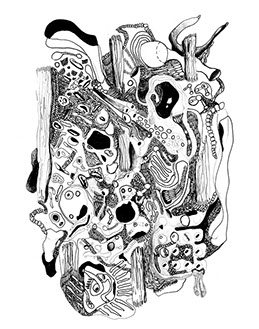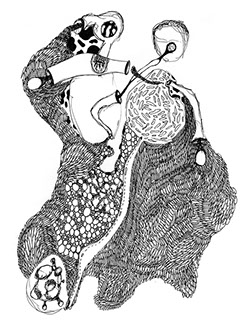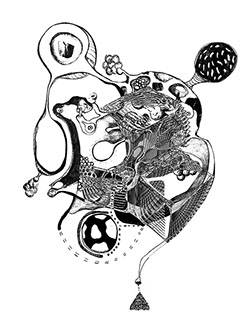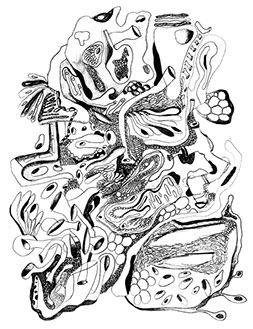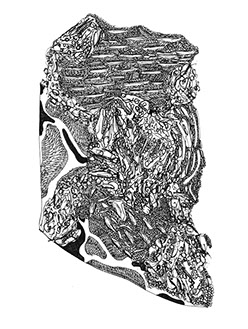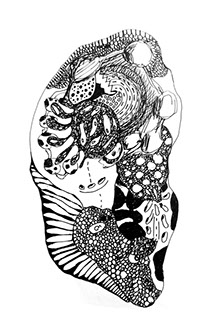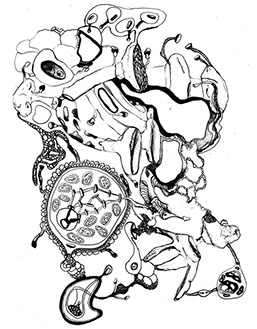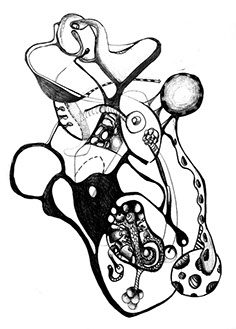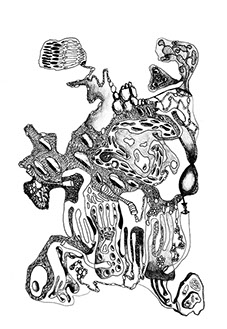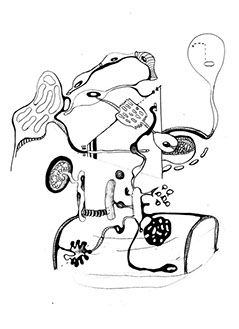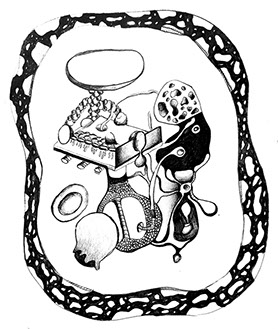PROJECTS
ART
ARCH
MATTER
SOUND
BOOKS
BIO
FEET

ARTWORKS = BIOLOGICAL ENTROPIC SYSTEM PAINTINGS X29-i
Conceptual Framework = Entropy = Chaos to Order --> Life = Death
Reverse Entropy = Chaos to Order ---> Death = Energy
(What completes the system?) Chaos to Order ---> Energy = Life
Design Research = Volcanic Metabolism as Seed Lungs
This series of oil paintings aims to reinterpret of the chemical weathering process that happens as volcanic rocks decompose to create nutrients for plant life. Volcanic deposits can transform soil into some of the richest agricultural grounds on earth. Plant life on the surface of Earth primarily exist based on a collaborative effort from natural elements. The energy from the sun, rainwater, and nutrients from rocks that have been decomposed, and recombined into molecules that work together to enhance plant growth. The process of chemical weathering breaks down the bonds that hold rocks together. Chemical interactions from the atmosphere with rocks enable key elements from rock-forming minerals to be released. The released minerals are then accessible to growing plants. Volcanic rocks enhance some of the best soils on earth because they have a wide variety of mineral elements, and are easily chemically separated into elemental components.
The process of natural decay, or natural recycling is very important to the life cycle of plants, and vegetation. During this natural recycling process micro-organisms from the soil eat the organic waste, and break it down into small units of energy. The reduction of organic material by these organisms is achieved through aerobic respiration. The heat generated from this respiration determines the rate in which the organic material will decay. This series of work creates an experimental depiction of how compost evolves, and decays over time based on its entropic rates of change. When you look at the movement of micro-organism for long enough you will find that life moves at a very fast pace. One organism becomes food for another slightly larger one at a very efficient rate. This means that nature has a very high rate of change, which produces energy that is available to be transformed. These works encapsulates this process, while reinterpreting natural systems as a way of understanding environmental perception for reflection, and discussion.
